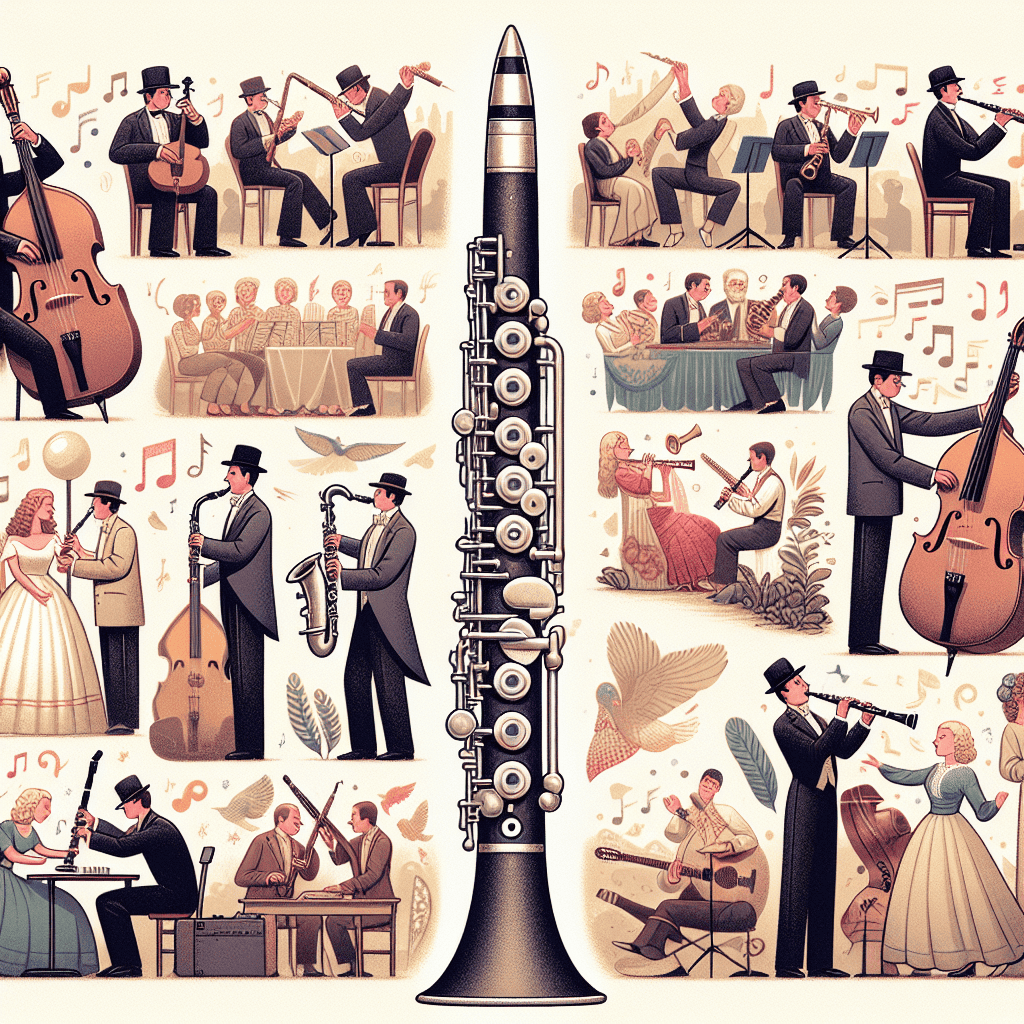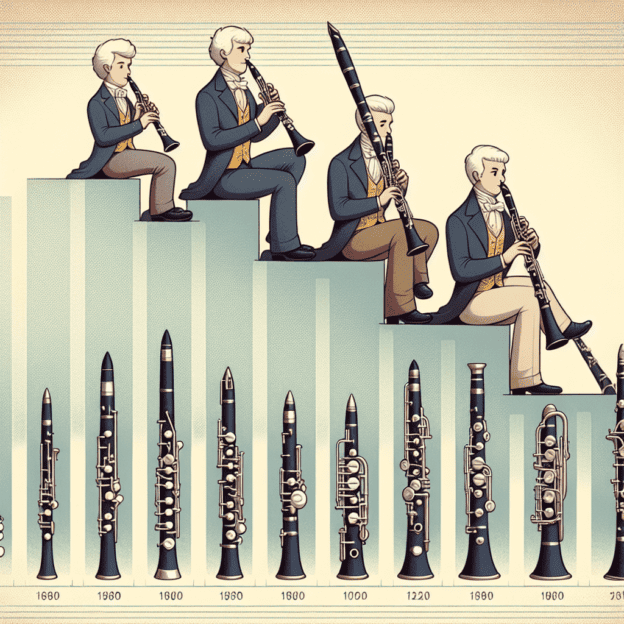Evolution of Clarinet Fingering Charts
Clarinet playing has changed dramatically over time, particularly in the realm of fingering charts. These simple diagrams carry the legacy of tradition, innovation, and the musicians who brought them to life. Let's explore the fascinating journey of clarinet fingering chart development and how these guides have influenced generations of players.
In the early days of the clarinet, players didn't have detailed fingering charts at their disposal. When Johann Christoph Denner first added the register key to the chalumeau, creating the clarinet, musicians relied on verbal instruction and learning from their community. The first instruments had only a few keys, making fingerings relatively easy to remember. However, without standardized charts, players often developed their own techniques for finger placement.
As clarinets gained popularity and spread across Europe in the 18th century, more keys were added to the instrument. This increased its range and expressiveness but also made playing more complex. Fingering charts emerged as a solution. These early charts were handwritten and included in baroque and early classical-era clarinet instruction manuals. While basic, they were groundbreaking for their time. However, the variety of key systems meant that fingerings for one clarinet might not work for another!
Timeline of Fingering Chart Development
| Time Period | Development |
|---|---|
| Early 18th century | Handwritten charts in instruction manuals |
| 19th century | Introduction of Boehm system, more detailed charts |
| 20th century | Standardized charts, printed formats in method books |
| 21st century | Digital and interactive fingering charts |
19th Century Transformation
The 19th century brought significant changes to the clarinet. Instrument makers like Theobald Boehm, known for his work on flutes, inspired new woodwind designs. The clarinet adopted these innovations, requiring updates to fingering charts. The Boehm key system, for example, became more common, offering improved tone clarity and technical flexibility. Fingering charts had to become more detailed to keep up with these advancements.
This era also saw the rise of major clarinet brands. Manufacturers weren't just creating instruments; they were deeply involved in teaching methods, providing instruction manuals and charts specific to their instruments. Brands like Martin Freres focused on craftsmanship and making their instruments accessible to players. Owning a Martin Freres clarinet meant not just having a quality instrument, but also access to valuable learning resources. Players appreciated the comprehensive fingering guides that came with their instruments, making it easier for even beginners to improve their skills.
20th Century and Beyond
As the 20th century began, music education expanded rapidly, and clarinet playing reached new heights. Educational institutions and teachers worked together to create standard fingering charts for teaching. This was particularly important for large classrooms and orchestras that needed consistent training methods. Charts evolved into printed formats, often included in method books or with clarinet purchases. Teachers put great effort into refining these charts for various skill levels, from basic techniques to advanced altissimo register playing.
Over the years, players discovered clever tricks for fingering charts. For challenging high notes or difficult transitions, musicians would often write alternative fingerings in their personal books. These tips would spread through word of mouth before eventually being incorporated into updated charts. This sharing of knowledge highlights the collaborative nature of the clarinet community, both then and now. The growth of these written records shows that every modern fingering chart is built on the experiences of past clarinetists.
Modern Fingering Charts
Today, we have access to beautifully designed printed and digital fingering charts. Some versions allow players to customize their learning experience, whether it's learning to avoid squeaks on a beginner's reed or mastering multiphonics for avant-garde pieces. Modern clarinet manufacturing has also reached impressive levels of quality, giving players instruments with comfortable key placements. Despite these advancements, the core of fingering charts remains connected to their rich history, serving as a reminder of their origins.
It's interesting to note how high-quality manufacturers like Martin Freres have consistently balanced tradition with player-focused improvements. Their commitment to making clarinets accessible while honoring the instrument's heritage mirrors the evolution of fingering charts. By combining historical knowledge with modern innovations, these brands continue to enhance the world of clarinet playing.
Conclusion
Historical clarinet fingering charts are similar to ancient maps. They show us where we've been while guiding current players on their musical journeys. Every mark, dot, and number on a chart represents countless hours of practice and joy from previous generations. It's truly remarkable to think about this legacy the next time you play a challenging piece or hit that perfect altissimo F-sharp.







